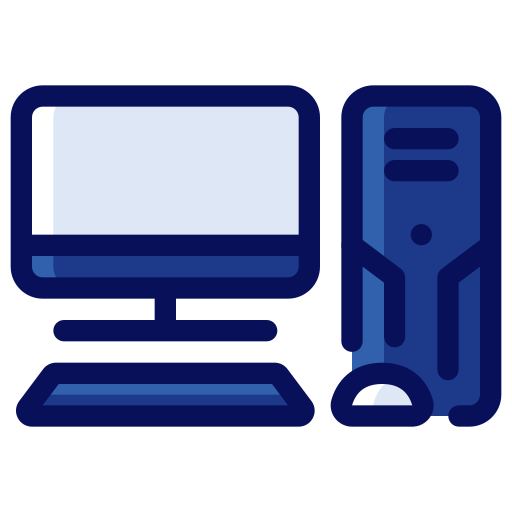

There’s Finamp, a music client for Jellyfin with offline playback. I’ve not used it personally yet, but with Spotify ratcheting up prices again I’m in the process of switching to self-hosting my music library. When that’s up and running it’s at the top of my list for Android clients.


Point of clarification: DAC is copper, AOC is fiber.
A lot of 10G equipment will support 5G/2.5G SFPs as well, so it can still be beneficial to go 10G on the core equipment.